What Is A Footboard? Types, Benefits & More
When it comes to designing a bedroom that is as functional as it is beautiful, the details make all the difference. One such detail, often underestimated, is the footboard. This essential piece of furniture does more than just complete the look of your bed—it enhances the entire atmosphere of your sleeping space.
Key Takeaways
- A footboard is a piece of wood or other material that stands up at the end of the bed. It can be as tall as the mattress or even a little taller.
- Footboards come in many styles, including traditional, modern, and custom designs. This variety allows homeowners to find a footboard that complements their bedroom decor, whether it’s rustic, contemporary, or somewhere in between.
- Amish footboards are renowned for their meticulous craftsmanship and enduring quality. Made from solid hardwoods like oak, cherry, and maple, these pieces are built to last a lifetime and reflect a rich tradition of woodworking skills.
This article highlights the various styles of footboards as well as their practical benefits, and the unparalleled craftsmanship of Amish-made footboards. Whether you’re considering adding a footboard to your existing Amish bed or curious about the impact it can have on your bedroom’s aesthetics and functionality, you’re in the right place.
What Is a Footboard?
A footboard is a panel at the foot of a bed, extending across and standing vertically to meet or slightly exceed the mattress height. While often seen as decorative, it also holds the mattress in place, prevents bedding from slipping off, and creates a cozy, enclosed feel.
Apart from its functional aspects, footboards can be a central piece of a bedroom’s decor, setting a tone or complementing other furniture. They come in various styles, materials, and finishes, allowing them to either stand out as a statement piece or blend seamlessly with the overall design theme of the room.
The History of Footboards: Evolution Through the Ages
The history of bed footboards is closely tied to the evolution of beds themselves, reflecting changes in social status, cultural practices, and technological advancements through the ages.
Ancient and Classical Periods
Beds with footboards can be traced back to ancient civilizations such as Egypt and Rome. In ancient Egypt, raised beds were used to keep sleepers off the ground, often featuring elaborate designs and decorations. The footboards, along with headboards, helped frame these beds, which were typically made of wood and sometimes adorned with precious materials. Similarly, in ancient Rome, wealthier citizens had raised beds made of metal or wood with supports that sometimes included footboards.
Middle Ages
During the medieval period, beds became symbols of status and wealth. Four-poster beds with heavy drapes became common among the affluent, and these beds often included intricately carved footboards. These footboards not only added to the bed’s grandeur but also served practical purposes, such as helping to keep bedding in place and providing a barrier against drafts.
Renaissance to Early Modern Period
The Renaissance saw the continuation of the trend towards ornate bed designs. Footboards during this period often featured elaborate carvings and were part of the overall decorative scheme of the bed, which was a focal point of the bedroom. Beds from this era often required regular maintenance, including tightening ropes that supported the mattress, which ran through holes in the footboard and headboard.
18th and 19th Centuries
By the 18th century, bed designs started to simplify somewhat, although footboards remained a common feature. They became more functional, often used to support canopies and bed curtains. The invention of metal bed springs in the 19th century marked a significant shift in bed construction, leading to simpler, more mass-produced bed frames that still included footboards, albeit less ornate than those of previous centuries.
Modern Era
In the modern era, the use of footboards has become more varied, often dictated by aesthetic preferences rather than necessity. While many contemporary beds do not feature footboards, they remain popular in traditional and vintage-inspired designs. Footboards today serve more as a decorative element, contributing to the overall style and design of the bedroom.
The evolution of bed footboards highlights their transition from practical and status-symbol elements to primarily decorative features, reflecting broader trends in furniture design and cultural practices throughout history.
Types of Footboards
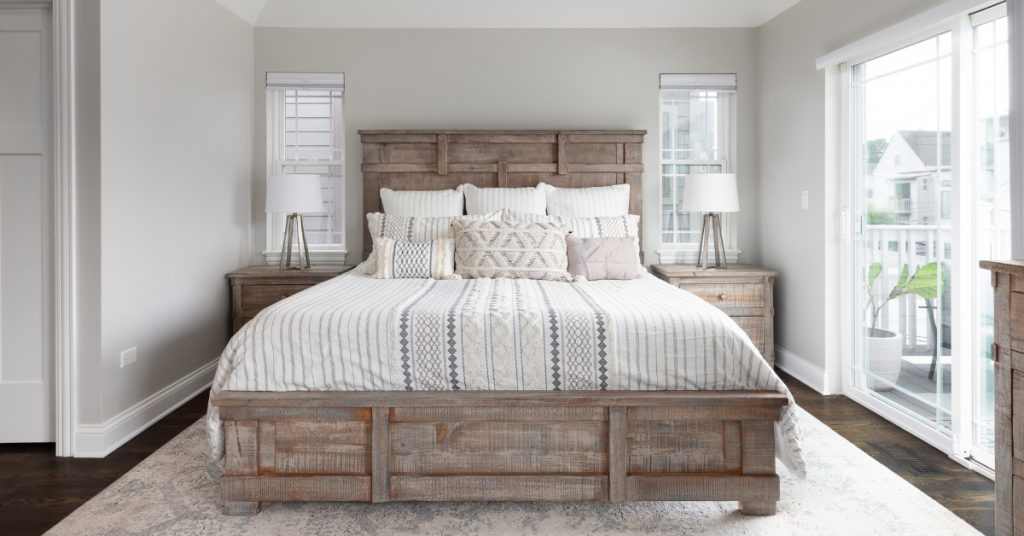
There are many different types of footboards, each with its own unique style and function. Here are some of the most common types:
Panel footboard: This is a simple and classic style of footboard that consists of a flat panel of wood or other material. It can be plain or decorated with carvings, moldings, or other embellishments.
Sleigh footboard: This type of footboard has a curved top that resembles the runners of a sleigh. It is a traditional style that can add a touch of elegance to a bedroom.
Canopy footboard: This type of footboard is designed to support a canopy bed. Canopy beds were once very popular, and they can add a sense of drama and romance to a bedroom.
Platform footboard:This footboard is a solid piece of wood or other material that extends from the foot of the bed to the floor. Platform beds are often a good choice for small bedrooms because they can help to create a more spacious feel.
Metal footboard: Metal footboards can be simple and modern, or they can be more ornate and traditional. They are a good choice for people who want a durable and stylish footboard.
Upholstered footboard: These footboards are padded and covered in fabric. They can add a touch of luxury and comfort to a bedroom.
Storage Footboards: These footboards include built-in drawers or shelves, adding functionality with extra storage space. They are ideal for small bedrooms where maximizing space is a priority.
Open Footboards:These feature slats or bars with open spaces, creating a light and airy design. Often used in modern or rustic styles, open footboards offer a breezy look.
High vs. Low Bed Footboard: Understanding the Differences
When choosing a footboard for your bed, one of the key decisions you’ll face is whether to opt for a high or low footboard. Each option comes with its own set of benefits and considerations, influencing both the aesthetic appeal and functionality of your bedroom.
High Footboards
Aesthetic Appeal: High footboards are known for their classic and traditional look. They can add a sense of grandeur and elegance to the bedroom, often making a bold statement. These footboards are particularly popular in vintage and antique bed designs, such as those crafted by Amish artisans.
Functionality: High footboards can provide additional support and structure to the bed frame, ensuring longevity and durability. They also help in keeping the bedding in place, preventing blankets and comforters from slipping off the end of the bed.
Considerations: While high footboards are visually striking, they can make the room feel more enclosed, which might not be ideal for smaller bedrooms. Additionally, they may not be suitable for taller individuals who prefer to stretch out fully without any obstructions.
Low Footboards
Aesthetic Appeal: Low footboards offer a more contemporary and minimalist look. They provide a cleaner and more open feel to the bedroom, which can be particularly beneficial in modern and small-space designs. These footboards are versatile and can blend seamlessly with various interior styles.
Functionality: Low footboards are less restrictive, allowing for easier access to the bed from all sides. They are ideal for those who prefer a more casual and less confined sleeping environment. Additionally, low footboards can make the bed appear longer, which is advantageous for taller individuals.
Considerations: While low footboards offer a sleek and modern appearance, they may not provide the same level of support as high footboards. Bedding might have a higher tendency to slide off the end, requiring more frequent adjustments.
Benefits of Having a Footboard
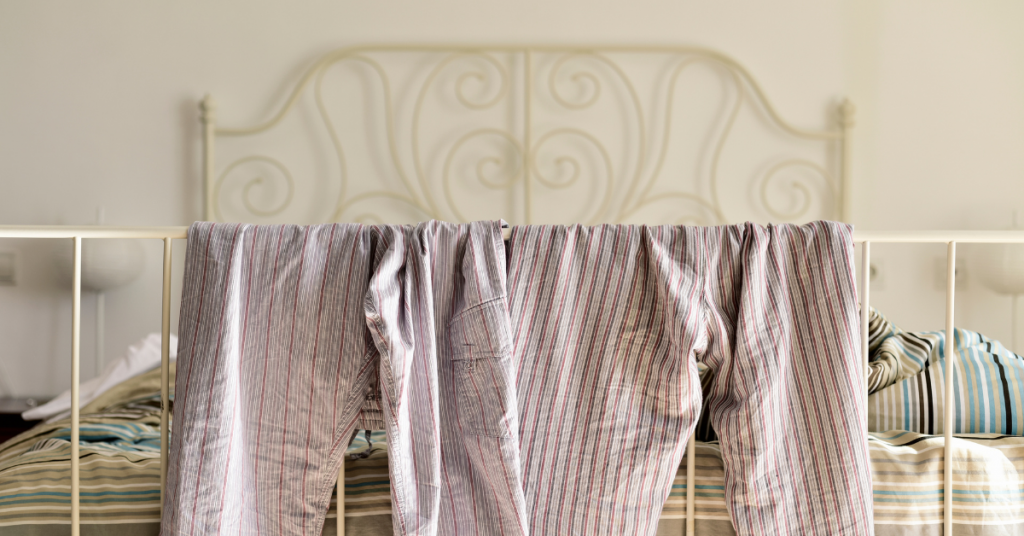
There are several benefits to having a footboard on your bed, depending on your needs and preferences. Here’s a breakdown of the pros:
Practical Uses:
Keeps bedding in place: A footboard can help prevent your blankets and sheets from slipping off the end of the bed, especially for those who tend to move around a lot while sleeping. This keeps your bed looking neater and more put-together.
Prevents drafts: Footboards, particularly taller ones, can act as a barrier against drafts coming from the foot of the bed, especially helpful in older homes or rooms that get chilly.
Aesthetics and Style:
Completes the look of the bed: A footboard can frame the mattress and box spring, creating a more finished and polished look for your bed. This can be especially important for platform beds that lack a headboard.
Adds personality and style: Footboards come in a wide variety of designs, materials, and heights. You can choose a footboard that complements your bedroom’s overall style, from classic and traditional to modern and minimalist. Some footboards can even be a focal point in the room.
Provides additional storage: Storage footboards with built-in drawers or shelves offer valuable extra storage space in your bedroom, particularly useful in smaller rooms.
Other Benefits:
Can be a comfortable back support: Upholstered footboards can provide a comfortable backrest when sitting on the edge of the bed for reading or putting on shoes.
However, it’s important to consider some potential drawbacks:
Limited legroom for taller people: A high footboard can feel restrictive for taller individuals who like to stretch out their legs while sleeping.
Can be visually imposing: Large or ornate footboards might overwhelm a small bedroom, making it feel cluttered.
Choosing the Right Footboard
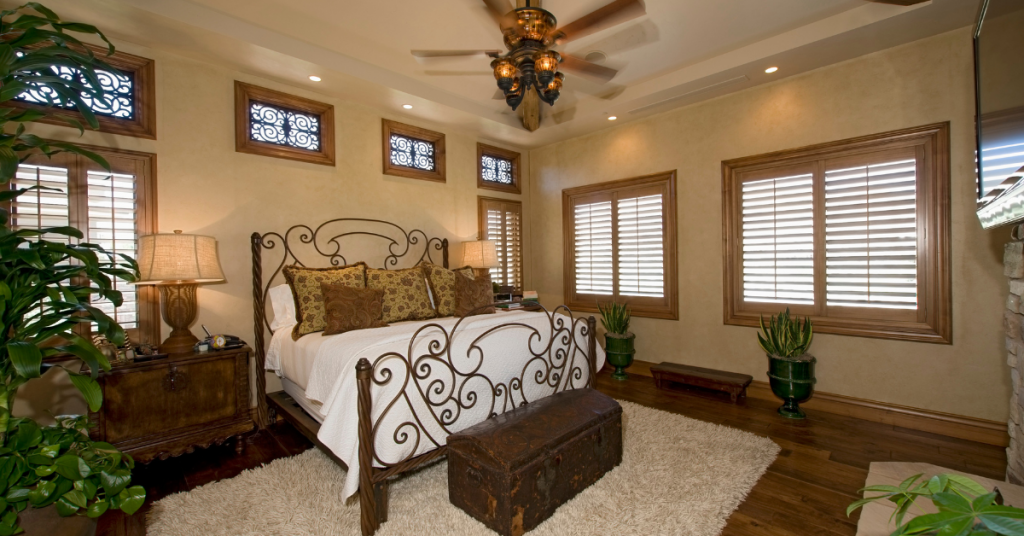
Selecting the perfect footboard is not just about picking a style you like; it’s about finding one that meets your needs and complements your existing bedroom furniture. As you consider the various options, think about how a footboard will function both as a piece of decor and a practical addition to your bed.
Here’s what to keep in mind:
- Material and Finish: The durability and look of your footboard will largely depend on the materials used. Wood offers a classic and warm appearance but requires more maintenance, while metal can provide a modern look with less upkeep. Upholstered footboards add a touch of luxury and comfort but might need more frequent cleaning.
- Size and Proportion: The footboard should match the size of your bed and be proportional to your room. A too-large footboard can overwhelm a small room, while a too-small one might look misplaced in a large space.
- Style: Consider whether you want your footboard to stand out as a statement piece or blend in with the overall decor. The style should complement the room’s aesthetic and the bed’s design, particularly the headboard.
- Functionality: If space is limited, consider a footboard with built-in storage or one that is sleek and doesn’t take up additional room.
Footboards in Amish Furniture
Amish furniture is celebrated for its meticulous craftsmanship and lasting quality, and their footboards are no exception. These pieces reflect a rich tradition of woodworking skills passed down through generations, often created without the use of electricity.
Amish footboards showcase exceptional attention to detail. Every joint, finish, and design element serves a purpose, ensuring durability and beauty. This craftsmanship results in footboards that are both sturdy and stylish.
Materials and Styles
Typically, Amish footboards are made from solid hardwoods like oak, cherry, and maple, known for their durability and natural beauty. The choice of material often influences the style, from the sturdy, simple lines favored in Shaker designs to the intricate carvings found in more ornate Queen Anne pieces. This variety means that whether your home is rustic, contemporary, or somewhere in between, there’s an Amish footboard that can complement your décor.
Quality and Durability
The quality of Amish footboards is unmatched. Built to last a lifetime, these pieces withstand daily use without suffering the wear and tear that affects factory-made furniture. This durability comes from the high-quality materials and precise construction methods used.
Customization
One unique aspect of Amish furniture is the ability to customize pieces. You can adjust the size, choose a finish that matches your existing furniture, or make other modifications to fit your specific needs. This ensures that your Amish footboard is not only functional but also a perfect fit for your personal style and bedroom layout.
Sustainability
Sustainability is a core principle in Amish furniture making. Amish woodworkers often use locally sourced wood, reducing the environmental impact associated with transportation. The longevity of Amish-made footboards also means less furniture waste over time, contributing to more sustainable consumption.
Wrapping Up: The Art of Amish Footboards
Footboards are an essential detail in bedroom design, enhancing both functionality and aesthetics. They secure the mattress, keep bedding in place, and add a cozy, finished look to the bed. With various styles, materials, and customization options, footboards can fit any decor, from traditional to modern.
Amish footboards stand out for their exceptional craftsmanship and durability. Made from high-quality hardwoods, they reflect a rich tradition of woodworking skills. Whether you seek a decorative touch or practical benefits, Amish footboards offer unparalleled quality and sustainability.
FAQs
What are the main differences between a footboard and a headboard?
While both footboards and headboards are integral parts of a bed frame, their functions differ. The headboard is typically larger and designed to be a focal point, as well as providing support for sitting up in bed. In contrast, the footboard is usually shorter, meant to anchor the bedding and complement the overall aesthetic of the bed.
Can a footboard be added to an existing bed frame?
Yes, a footboard can often be added to an existing bed frame, provided the frame includes the necessary brackets or extensions for installation. It’s important to ensure that the footboard is compatible with the bed frame in terms of size and attachment method to guarantee a secure and aesthetic fit.
How do I maintain and care for a wooden footboard?
Maintaining a wooden footboard involves regular dusting and occasionally cleaning with a mild soap and water solution. Avoid harsh chemicals and excessive moisture to prevent damage. Periodically, applying a suitable wood polish can help preserve the color and protect the wood from drying out. It’s also wise to keep the footboard out of direct sunlight to prevent fading.
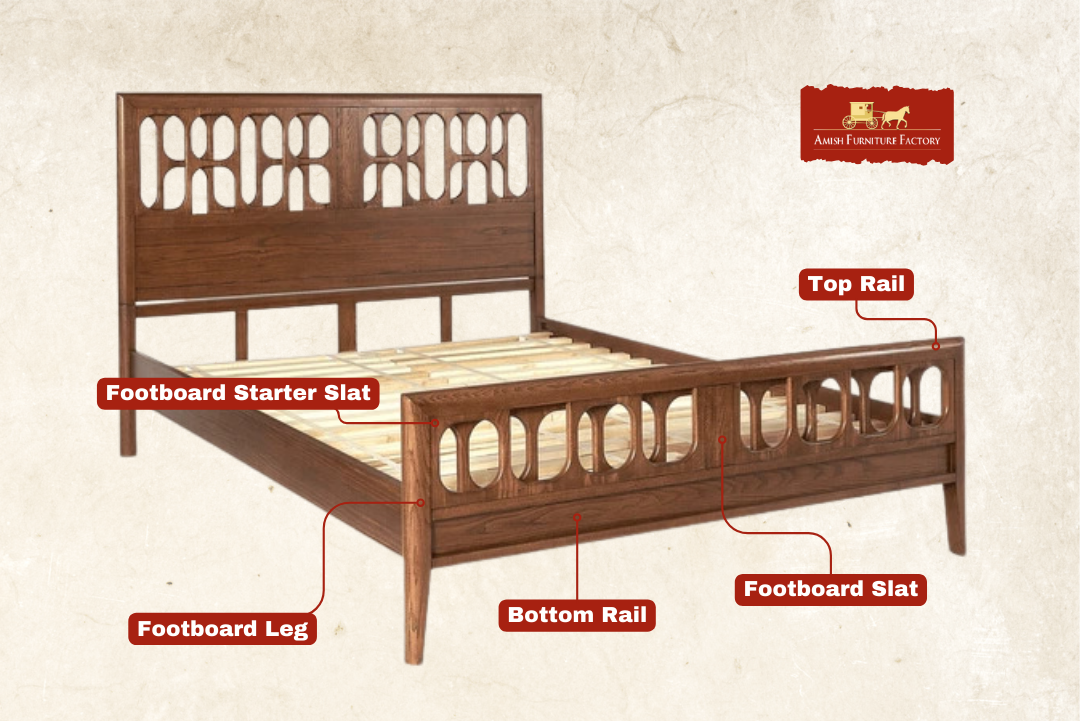
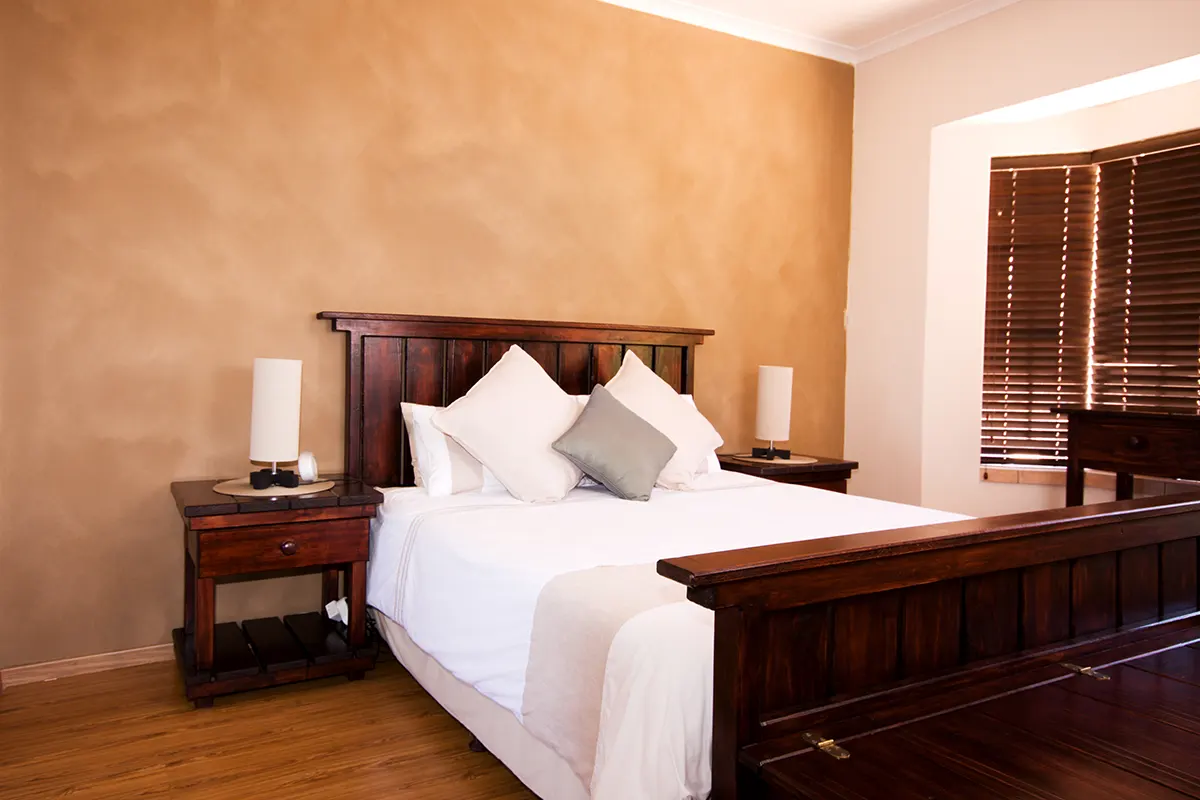
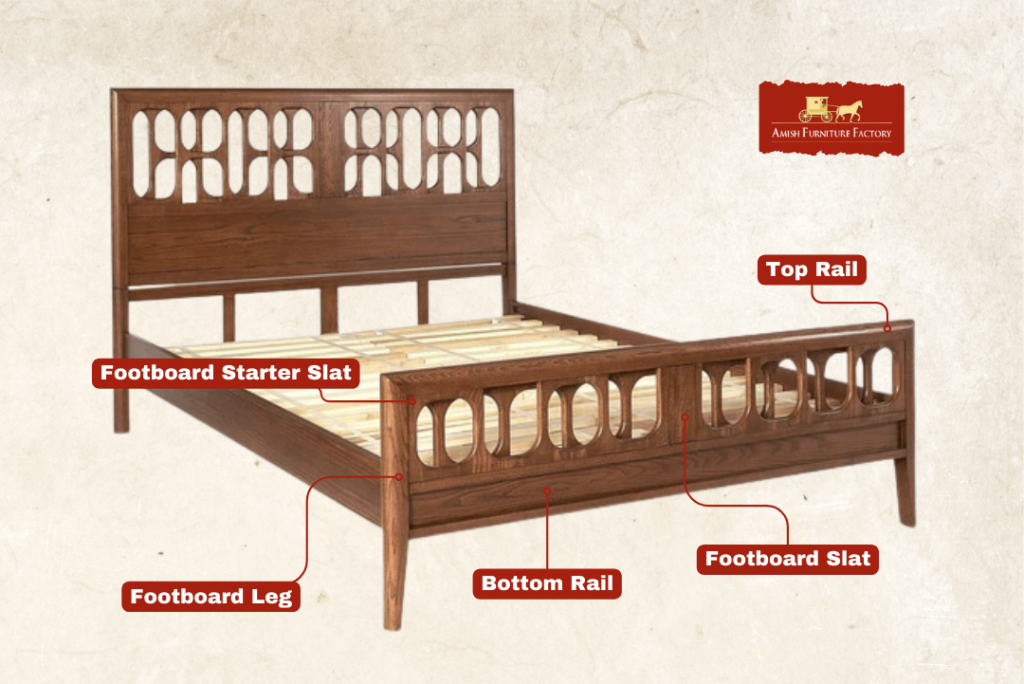
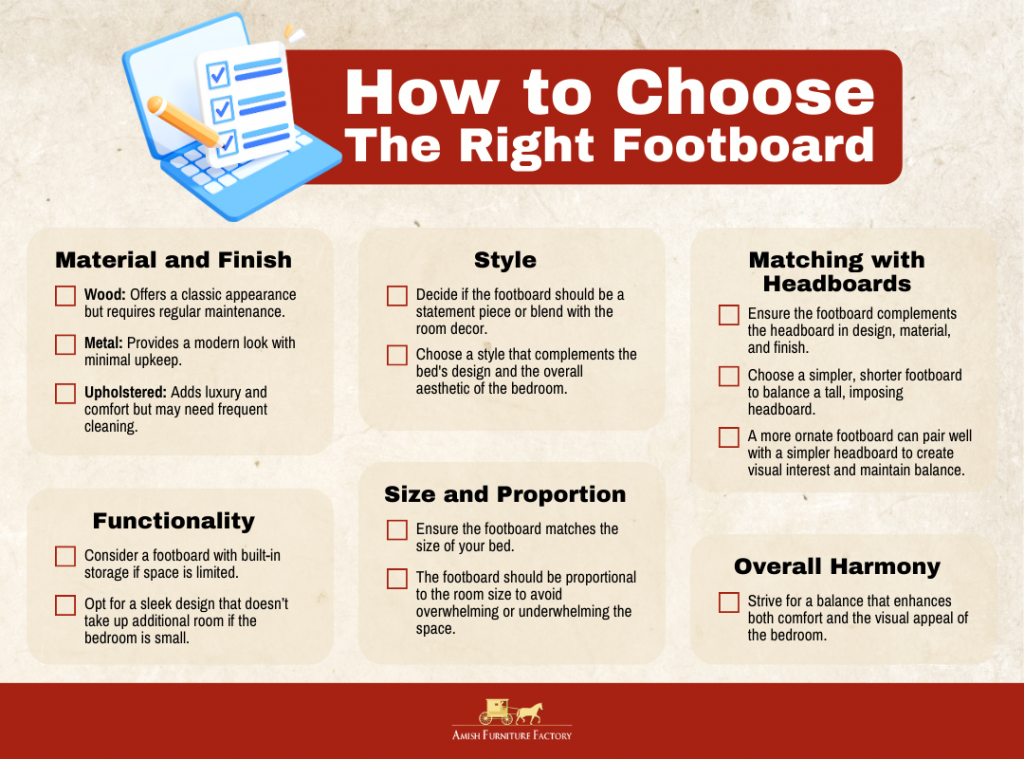
Could you make us (2) twin cabinet murphy beds in a white finish?